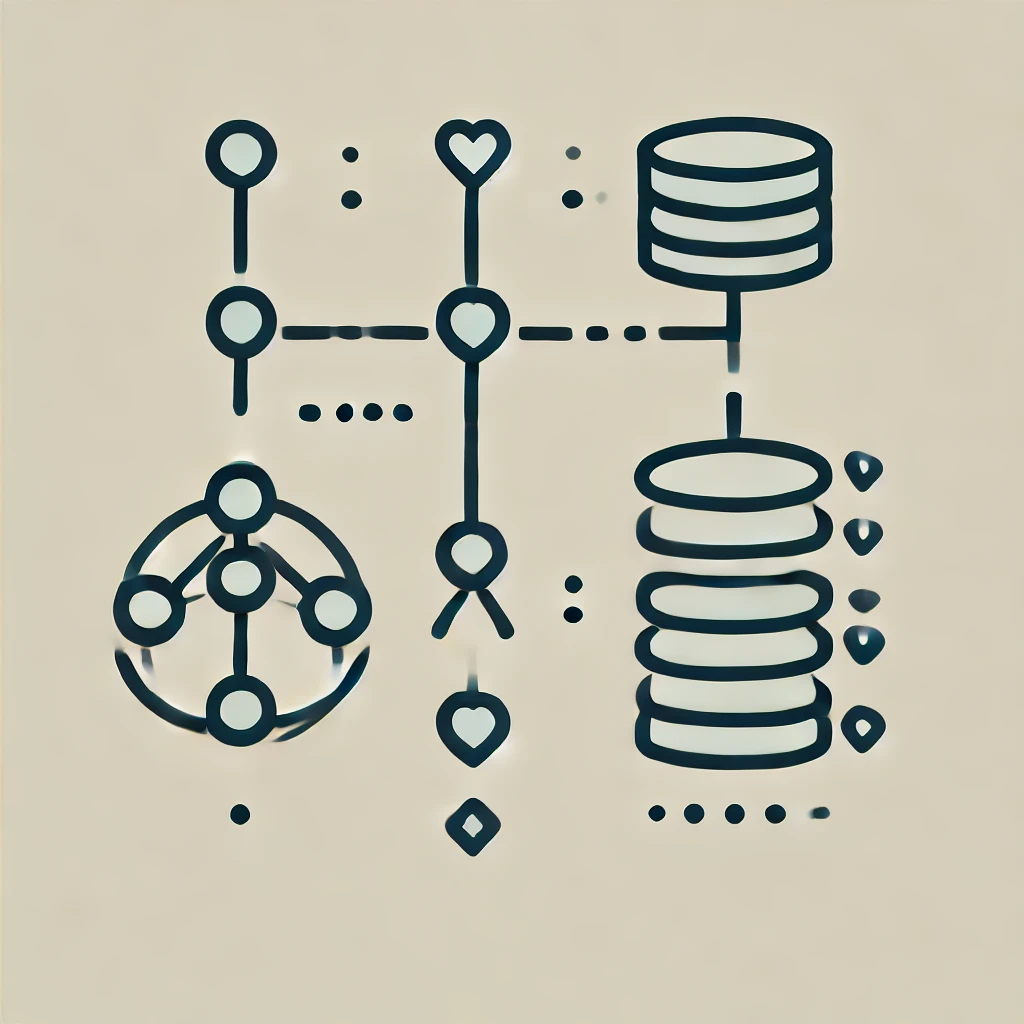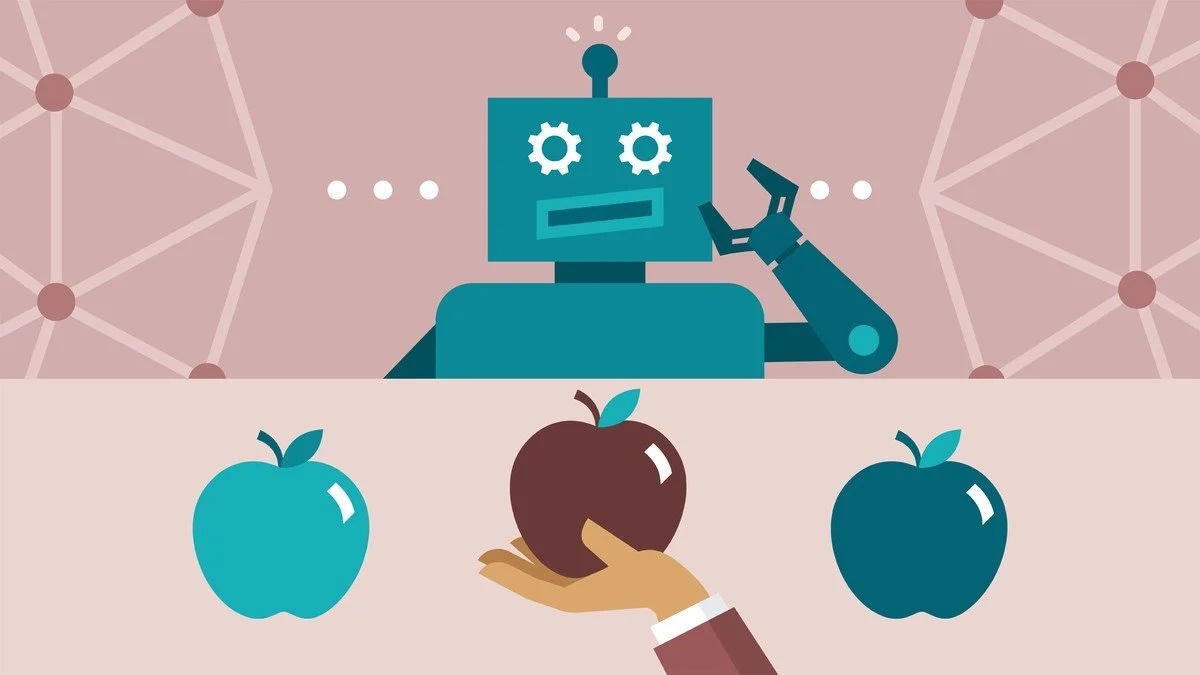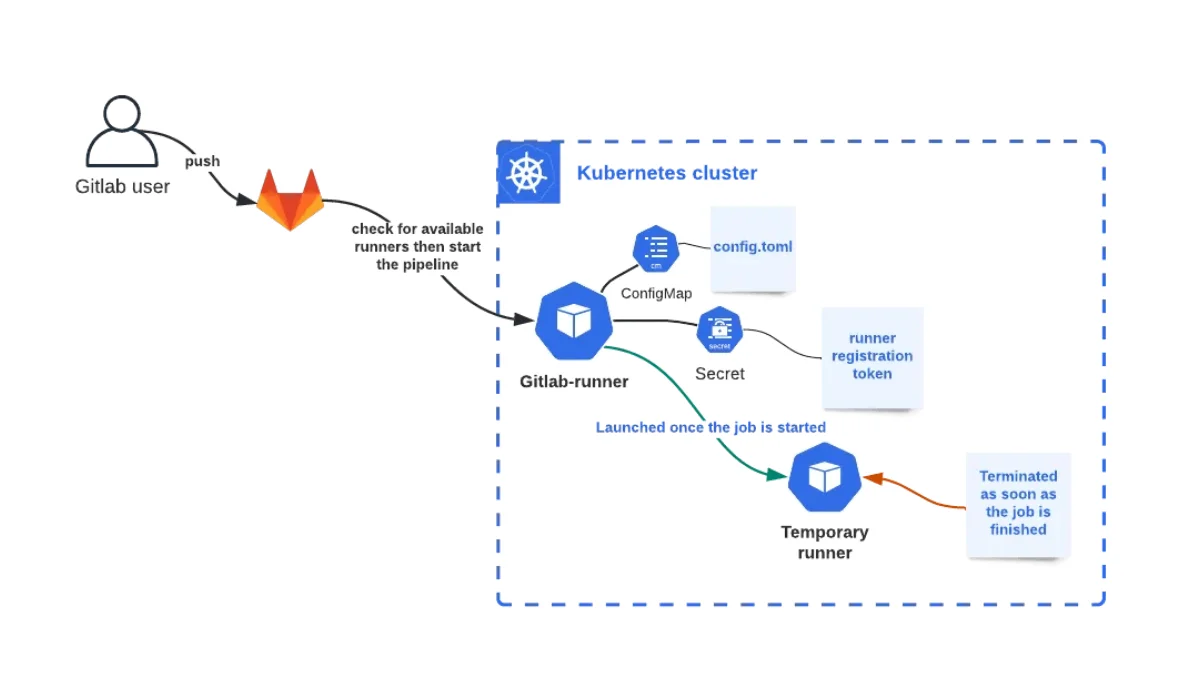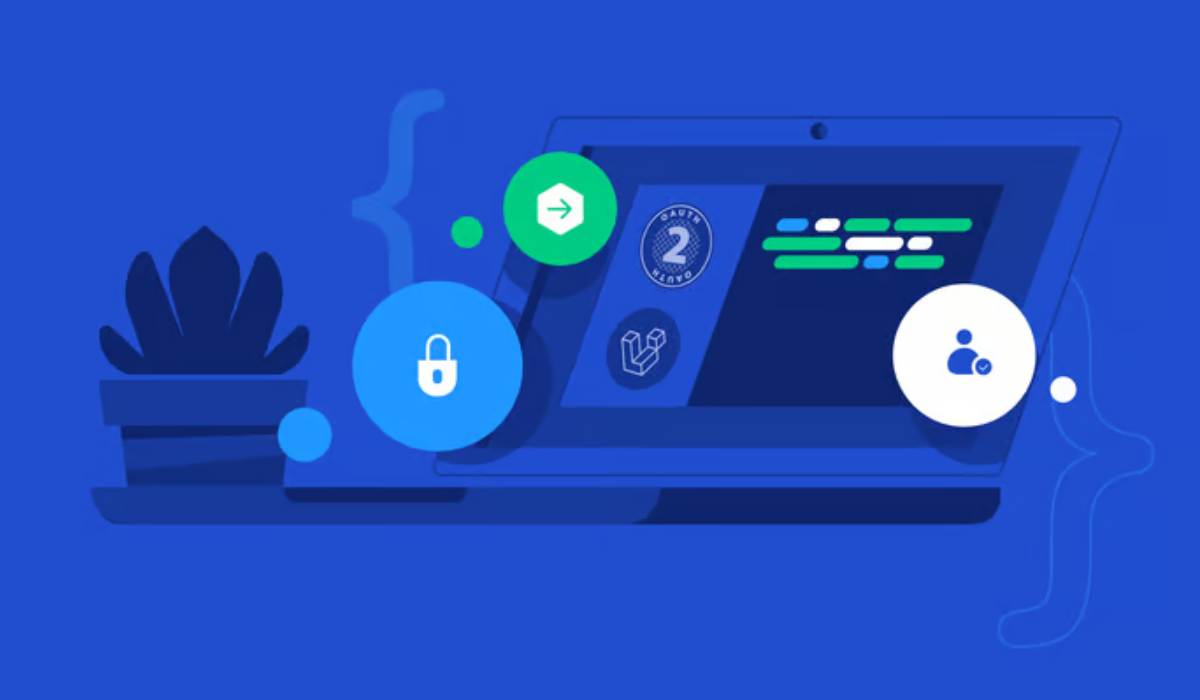Trending Topics
Top Categories on Our Blog
Fuzzy Logic Explained
Fuzzy logic is a powerful concept in the field of artificial intelligence and control systems,…
Understanding Probability and Statistics in AI
As we dig deeper into the world of Artificial Intelligence (AI), it becomes imperative to…
Understanding Calculus for AI
Calculus is a fundamental branch of mathematics that is crucial for understanding and developing artificial…
Introduction to Data Structures
In computer science and software development, data structures form the backbone of efficient algorithm design.…
Conduct a Proper Code Review That Meets Company Expectations and Benefits Developers
Code reviews are a crucial part of the software development process. They ensure code quality,…
Data Structures in Software Engineering
Data structures are a fundamental aspect of software engineering and computer science, providing essential means…
Simplifying GitLab Runner Setup in a Kubernetes Cluster Using Terraform
Setting up a GitLab Runner in a Kubernetes cluster can significantly streamline your CI/CD pipeline…
Capturing Heap Dumps from AWS Fargate Instances
In a previous article, I discussed how to obtain a heap dump from a Kubernetes…
Navigating the Challenge of Obtaining a Heap Dump from a K8s Running Pod
In the world of Kubernetes, managing applications efficiently often means diving deep into troubleshooting. One…
A Crucial Component of Web Security | .well-known.json
In the digital age, security and privacy have become paramount concerns for both individuals and…
How to use Git in Software Development Process
In this short tutorial we gonna discuss how to use git in the development process…















